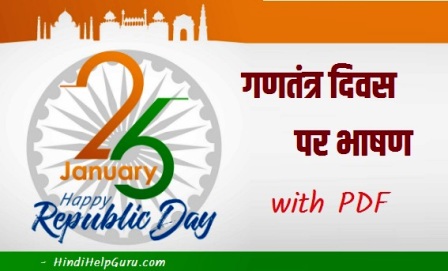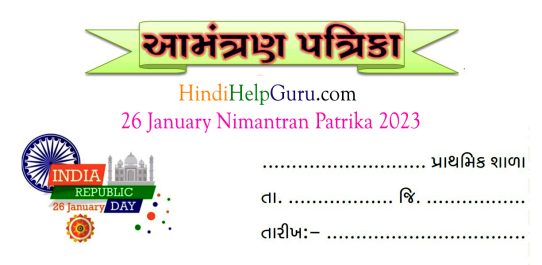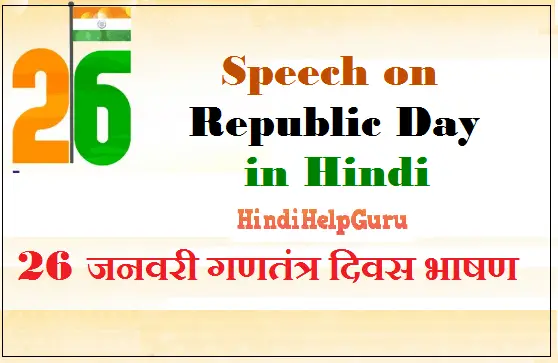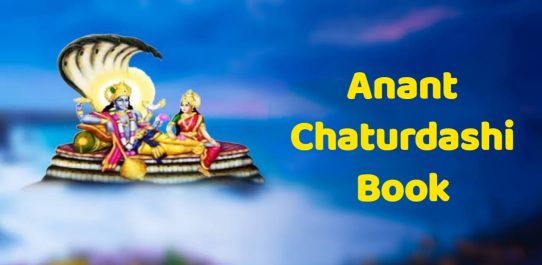History Of Krishna Janmashtami PDF Free Download
History Of Krishna Janmashtami, also known as Gokulashtami or simply Janmashtami, is a significant Hindu festival celebrated with fervor and devotion. This annual observance marks the birth of Lord Krishna, who is considered an incarnation of Lord Vishnu. The festival’s rich history and cultural significance make it a cherished occasion for millions of devotees across the world.
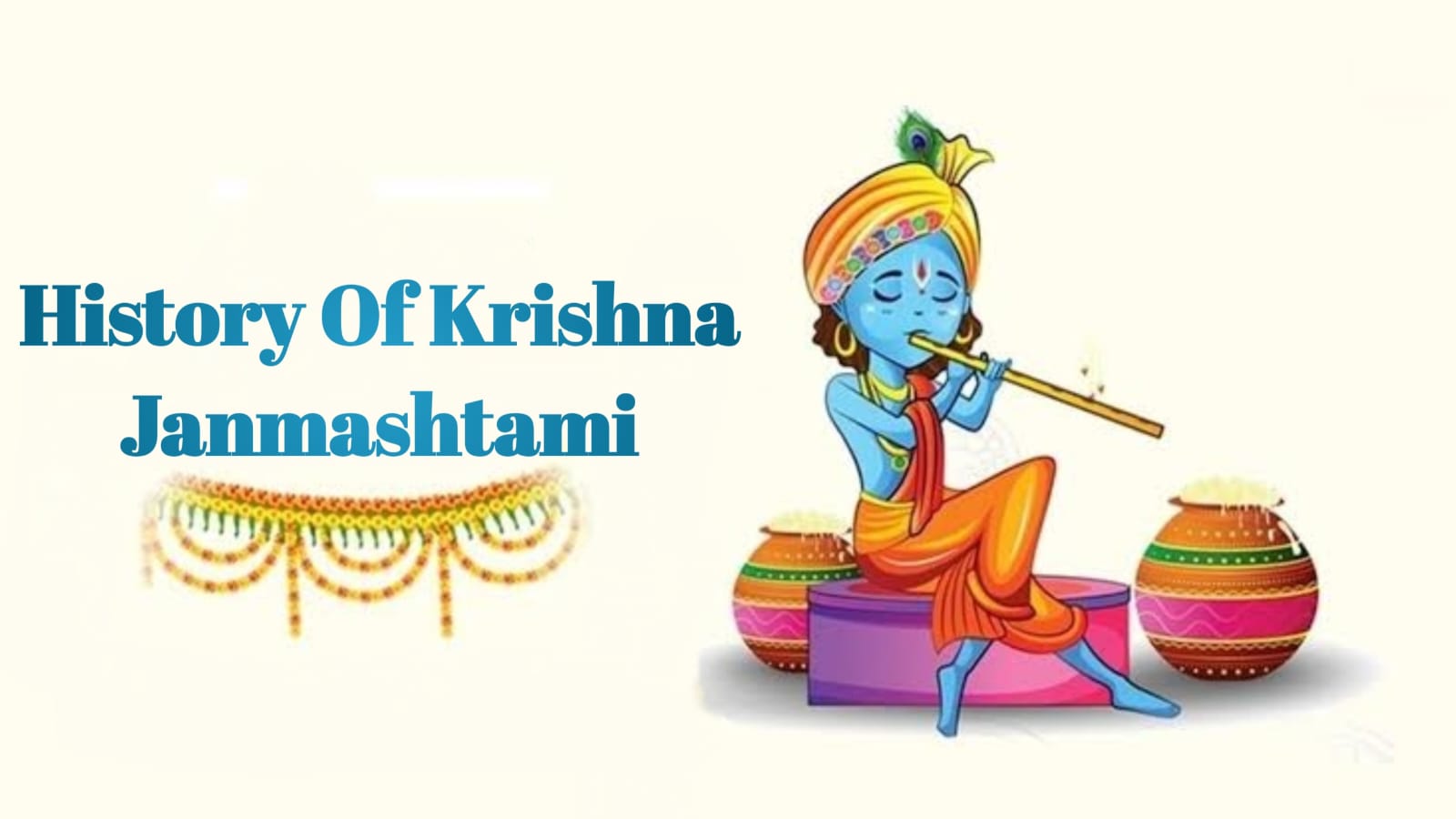
The Legend of Divine Birth
The story of Krishna Janmashtami revolves around the divine birth of Lord Krishna in the city of Mathura. It is believed that Lord Krishna was born to Queen Devaki and King Vasudeva. However, his birth took place in extraordinary circumstances – he was born in a prison cell, where his parents were imprisoned by Devaki’s brother, the tyrant King Kamsa.
Prophecy and Kamsa’s Fear
A prophecy foretold that Devaki’s eighth child would be the cause of Kamsa’s downfall. Terrified by this prediction, Kamsa imprisoned Devaki and Vasudeva and killed their first six children. As the seventh child, Balarama, was miraculously transferred to the womb of Rohini, the divine intervention was evident.
The Miraculous Midnight Birth
Krishna’s birth occurred on the eighth day of the waning moon in the month of Bhadrapada, which corresponds to August or September. At the stroke of midnight, as the universe held its breath, Lord Krishna emerged. The prison walls fell apart, and Vasudeva carried the newborn across the Yamuna River to Gokul, where he was placed in the care of his foster parents, Nanda and Yashoda.
Janmashtami Celebrations Through the Ages
Cultural Diversity and Regional Variations
Over time, Janmashtami has evolved into a diverse festival, with various regions of India celebrating it in unique ways. In Mathura and Vrindavan, the places associated with Krishna’s childhood, the festivities span several days and include vibrant processions, enchanting performances of Krishna’s life events, and devotional singing and dancing.
Dahi Handi: Breaking Pots for Butter
In Maharashtra and other parts of India, a popular tradition called “Dahi Handi” is observed. This involves forming human pyramids to break a pot filled with butter or curd, replicating young Krishna’s mischievous attempts to steal butter.
Significance and Teachings
The Bhagavad Gita’s Wisdom
Krishna’s life and teachings, particularly his dialogue with Arjuna in the Bhagavad Gita, hold profound spiritual significance. The Gita’s teachings about duty, righteousness, and the path to self-realization continue to inspire people to lead purposeful lives.
The Essence of Devotion
Janmashtami also underscores the significance of devotion (bhakti) in the pursuit of spirituality. Krishna’s interactions with his devotees, his unconditional love for Radha, and his playful and compassionate nature all highlight the essence of a deep, heartfelt connection with the divine.
Also Read This : Lord Krishna Story
Contemporary Relevance and Global Celebration
Janmashtami Around the World
In modern times, Janmashtami is celebrated not only in India but also in various countries with significant Hindu communities. Temples around the world organize special prayers, cultural programs, and community feasts, fostering a sense of unity among devotees regardless of their geographical location.
Lessons for Humanity
The teachings of Krishna hold relevance beyond religious boundaries. His emphasis on righteousness, empathy, and duty serves as a universal guide for leading a morally upright and fulfilling life.
Conclusion
History Of Krishna Janmashtami stands as a testament to the divine play of Lord Krishna on Earth. The festival’s celebration of his birth and teachings resonates with devotees, reminding them of the eternal principles of truth, love, and righteousness. As millions come together to commemorate this joyous occasion, the spirit of Janmashtami continues to inspire and illuminate hearts across the globe.
Frequently Asked Questions (FAQs)
Que : What is the significance of Krishna Janmashtami?
Ans : Krishna Janmashtami celebrates the birth of Lord Krishna, highlighting his divine teachings and role as an incarnation of Lord Vishnu.
Que : How is Krishna Janmashtami celebrated in India?
Ans : In India, Janmashtami is celebrated with cultural performances, devotional singing, processions, and rituals. Dahi Handi is a popular tradition in Maharashtra.
Que : What lessons can we learn from Lord Krishna’s life?
Ans : Lord Krishna’s life teaches us about duty, righteousness, devotion, and the pursuit of spiritual knowledge. His teachings in the Bhagavad Gita are particularly enlightening.
Que : Is Krishna Janmashtami celebrated outside India?
Ans : Yes, Janmashtami is celebrated in various countries with Hindu communities. Temples worldwide organize special events to mark this auspicious occasion.
Que : How does Krishna Janmashtami promote unity?
Ans : History Of Krishna Janmashtami brings people together in devotion and celebration, transcending geographical and cultural differences to foster unity among devotees globally.
History Of Krishna Janmashtami PDF Download
Click Here To Download PDF For Free

